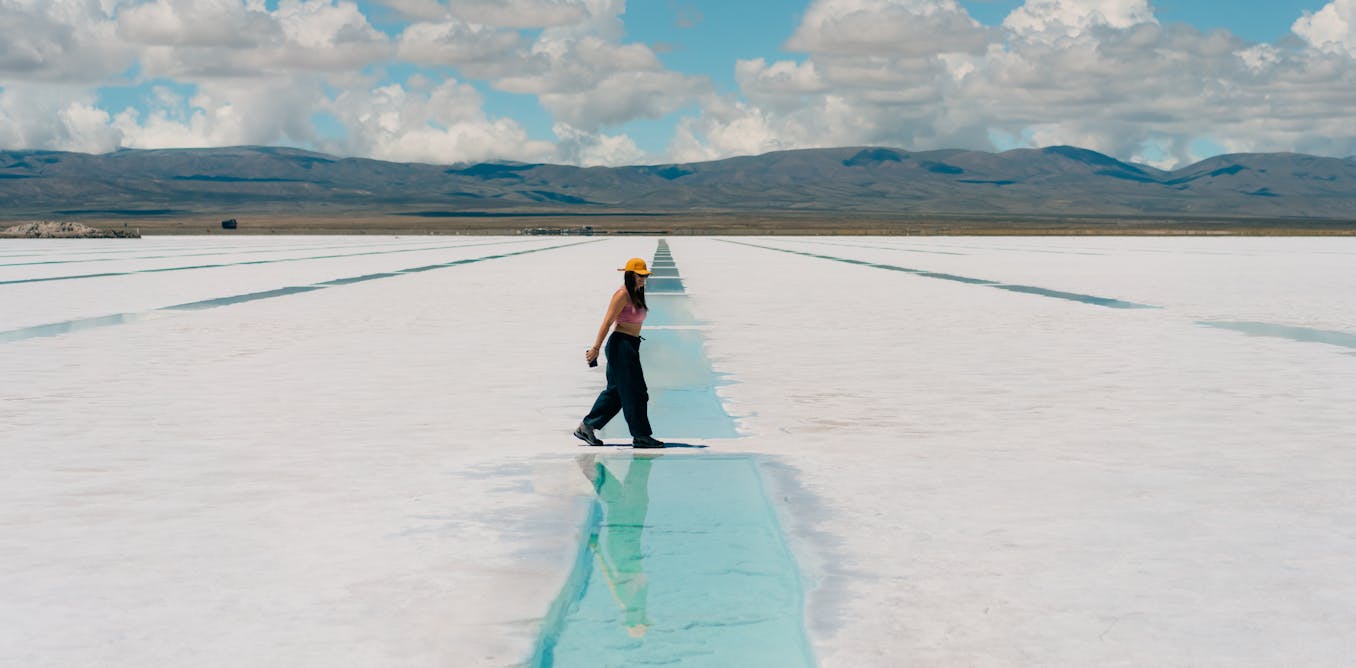Seabed observation plays a major role in safeguarding marine systems by keeping tabs on the species and habitats on the ocean floor at different depths. This is primarily done by underwater robots that use optical imaging to collect high quality data that can be fed into environmental models, and compliment the data obtained through sonar in large-scale ocean observations.
Different underwater robots have been trialed over the years, but many have struggled with performing near-seabed observations because they disturb the local seabed by destroying coral and disrupting the sediment. Gang Wang, from Harbin Engineering University in China, and his research team have recently developed a maneuverable underwater vehicle that is better suited to seabed operations because it doesn’t disturb the local environment by floating above the seabed and possessing a specially engineering propeller system to manuever. These robots could be used to better protect the seabed while studying it, and improve efforts to preserve marine biodiversity and explore for underwater resources such as minerals for EV batteries.
Many underwater robots are wheeled or legged, but “these robots face substantial challenges in rugged terrains where obstacles and slopes can impede their functionality,” says Wang. They can also damage coral reefs.
Floating robots don’t have this issue, but existing options disturb the sediment on the seabed because their thrusters create a downward current during ascension. The waves generated as the propeller’s wake directly hit the seafloor in most floating robots, which causes sediment to move in the immediate vicinity. In a similar way to dust blowing in front of your digital or smartphone camera, the particles moving through the water can obscure the view of the cameras on the robot and reduce the quality of the images it captures. “Addressing this issue was crucial for the functional success of our prototype and for increasing its acceptance among engineers,” says Wang.
Designing a Better Underwater Robot
After further investigation, Wang and the rest of the team found that the robot’s shape influences the local water resistance, or drag, even at low speeds. “During the design process, we configured the robot with two planes exhibiting significant differences in water resistance,” says Wang. This led to the researchers developing a robot with a flattened body and angling the thruster relative to the central axis. “We found that the robot’s shape and the thruster layout significantly influence its ascent speed,” says Wang.

Clockwise from left: relationship between rotational speed of the thruster and the resultant force and torque in the airframe coordinate system, overall structure of the robot, side view of the thruster arrangement and main electronics components.Gang Wang, Kaixin Liu et al.
The researchers created a navigational system where the thrusters generate a combined force that slants downwards but still allows the robot to ascend, changing the wake distribution during ascent so that it doesn’t disturb the sediment on the seafloor. “Flattening the robot’s body and angling the thruster relative to the central axis is a straightforward approach for most engineers, enhancing the potential for broader application of this design” in seabed monitoring, says Wang.
“By addressing the navigational concerns of floating robots, we aim to enhance the observational capabilities of underwater robots in near-seafloor environments,” says Wang. The vehicle was tested in a range of marine environments, including sandy areas, coral reefs, and sheer rock, to show its ability to minimally disturb sediments in multiple potential environments.
Alongside the structural design advancements, the team incorporated an angular acceleration feedback control to keep the robot as close to the seafloor as possible without actually hitting it—called bottoming out. They also developed external disturbance observation algorithms and designed a sensor layout structure that enables the robot to quickly recognize and resist external disturbances, as well as plot a path in real time. This approach allowed the new vehicle to travel along at only 20 centimeters above the seafloor without bottoming out.
By implanting this control, the robot was able to get close to the sea floor and improve the quality of the images it took by reducing light refraction and scattering caused by the water column. “Given the robot’s proximity to the seafloor, even brief periods of instability can lead to collisions with the bottom, and we have verified that the robot shows excellent resistance to strong disturbances,” says Wang.
With the success of this new robot achieving a closer approach to the seafloor without disturbing the seabed or crashing, Wang has stated that they plan to use the robot to closely observe coral reefs. Coral reef monitoring currently relies on inefficient manual methods, so the robots could widen the areas that are observed, and do so more quickly.
Wang adds that “effective detection methods are lacking in deeper waters, particularly in the mid-light layer. We plan to improve the autonomy of the detection process to substitute divers in image collection, and facilitate the automatic identification and classification of coral reef species density to provide a more accurate and timely feedback on the health status of coral reefs.”

The post “Robot Gets Up Close to the Seabed Without Disturbing It” by Liam Critchley was published on 01/21/2025 by spectrum.ieee.org



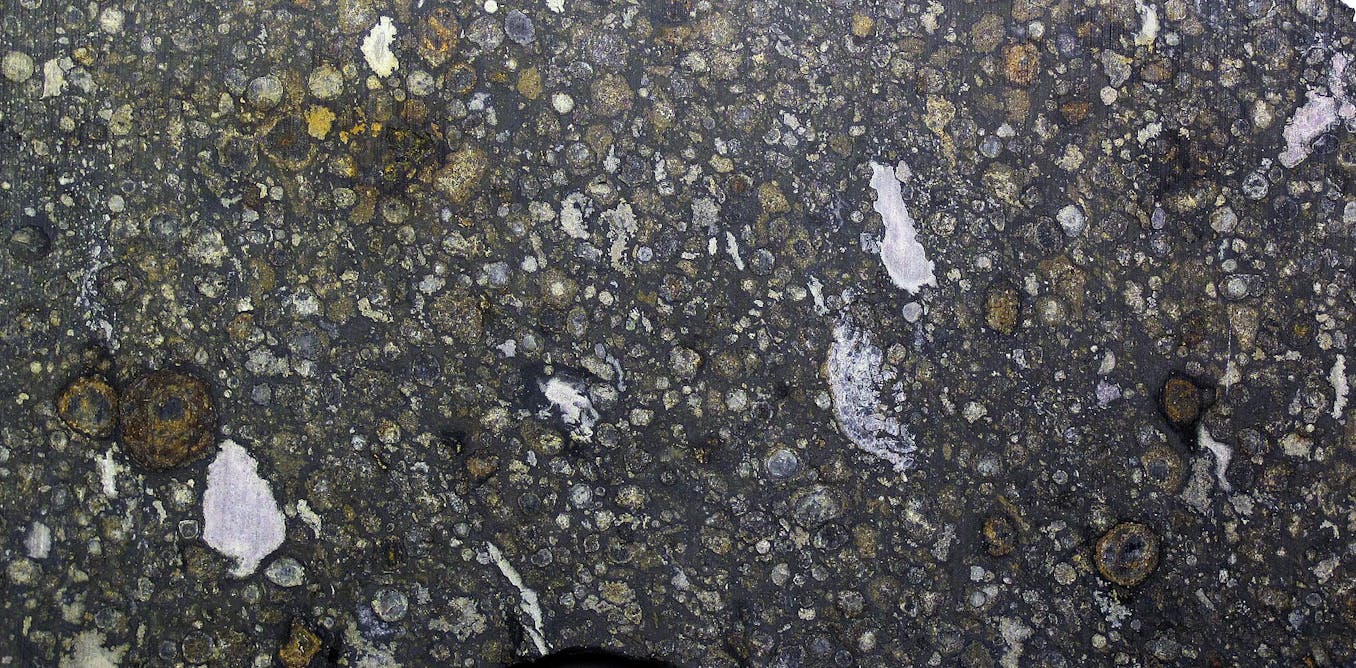

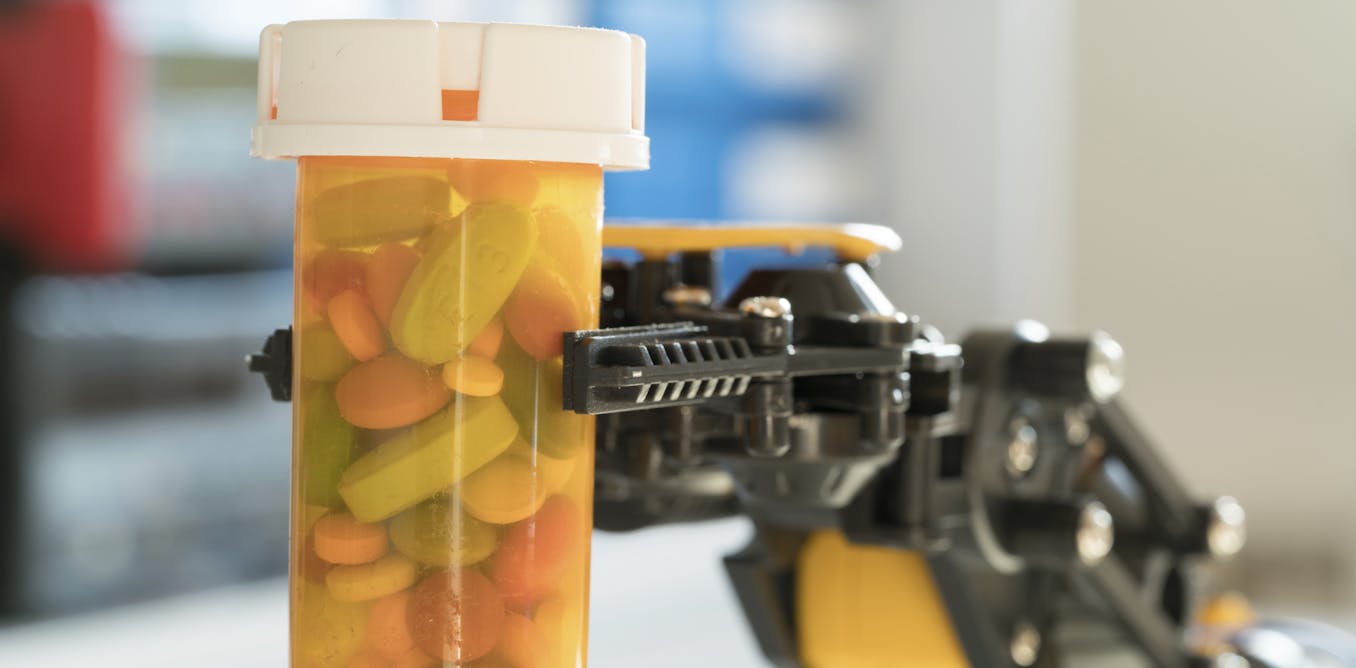




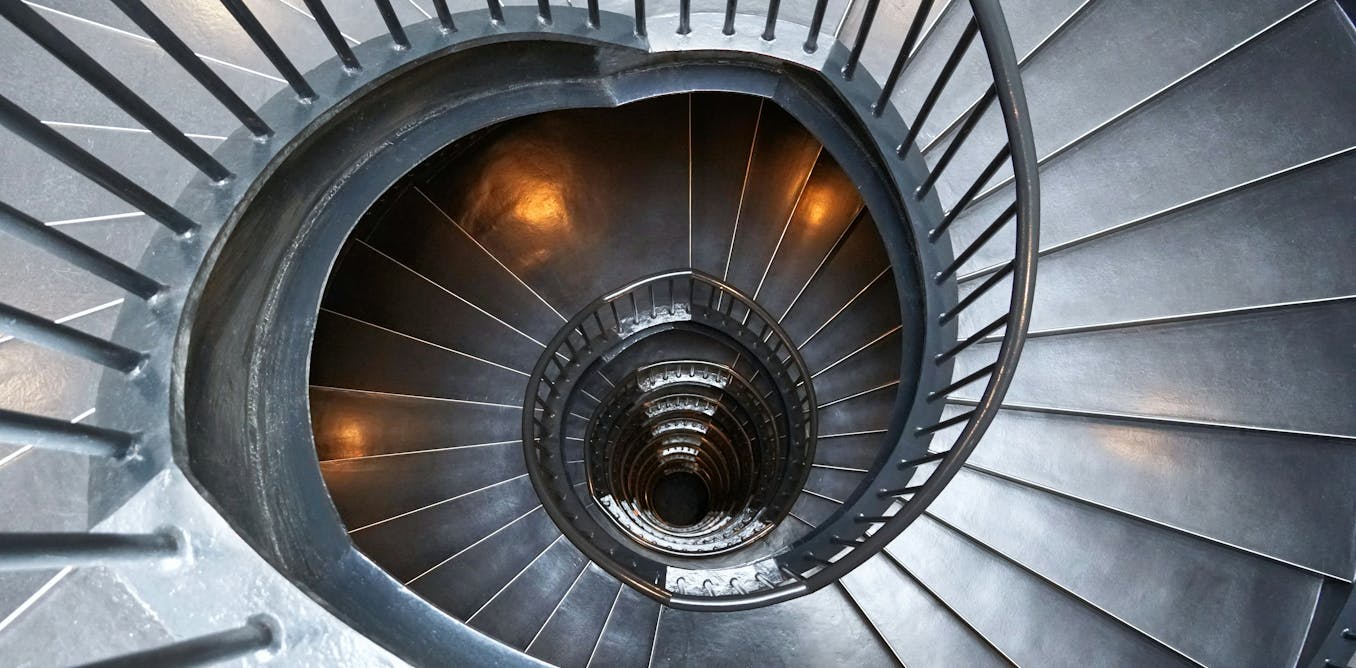




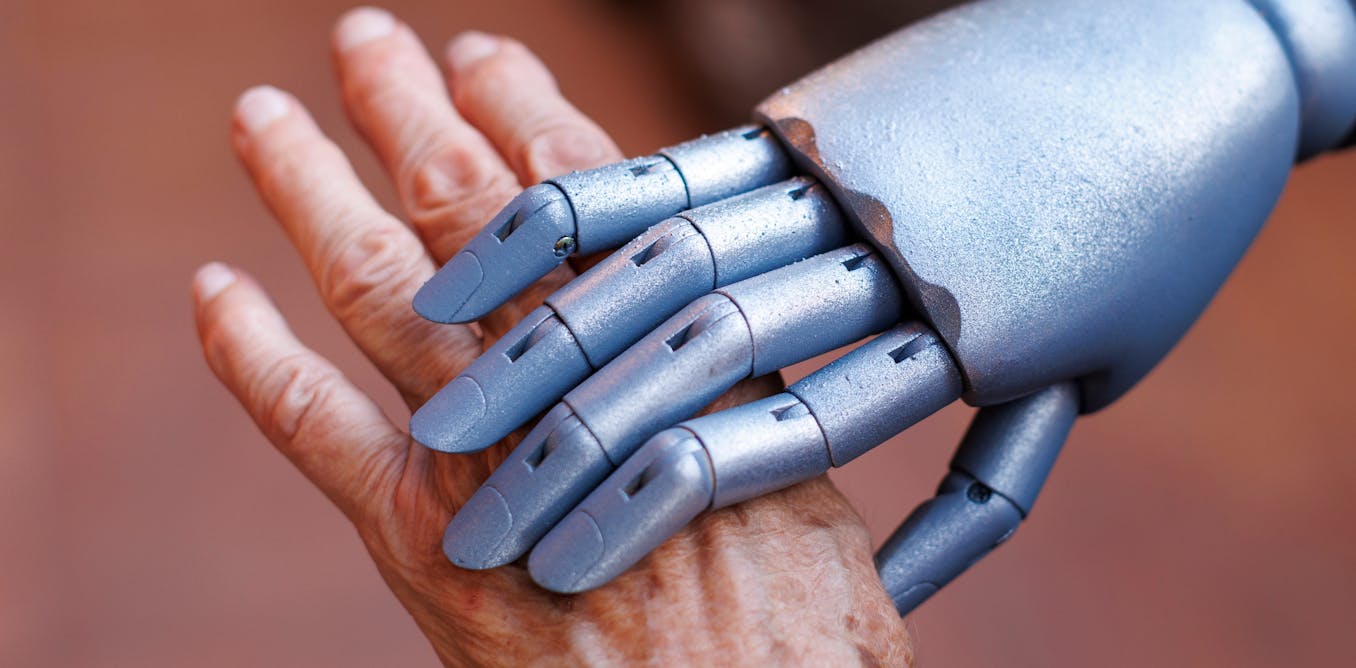
-1.jpg)








